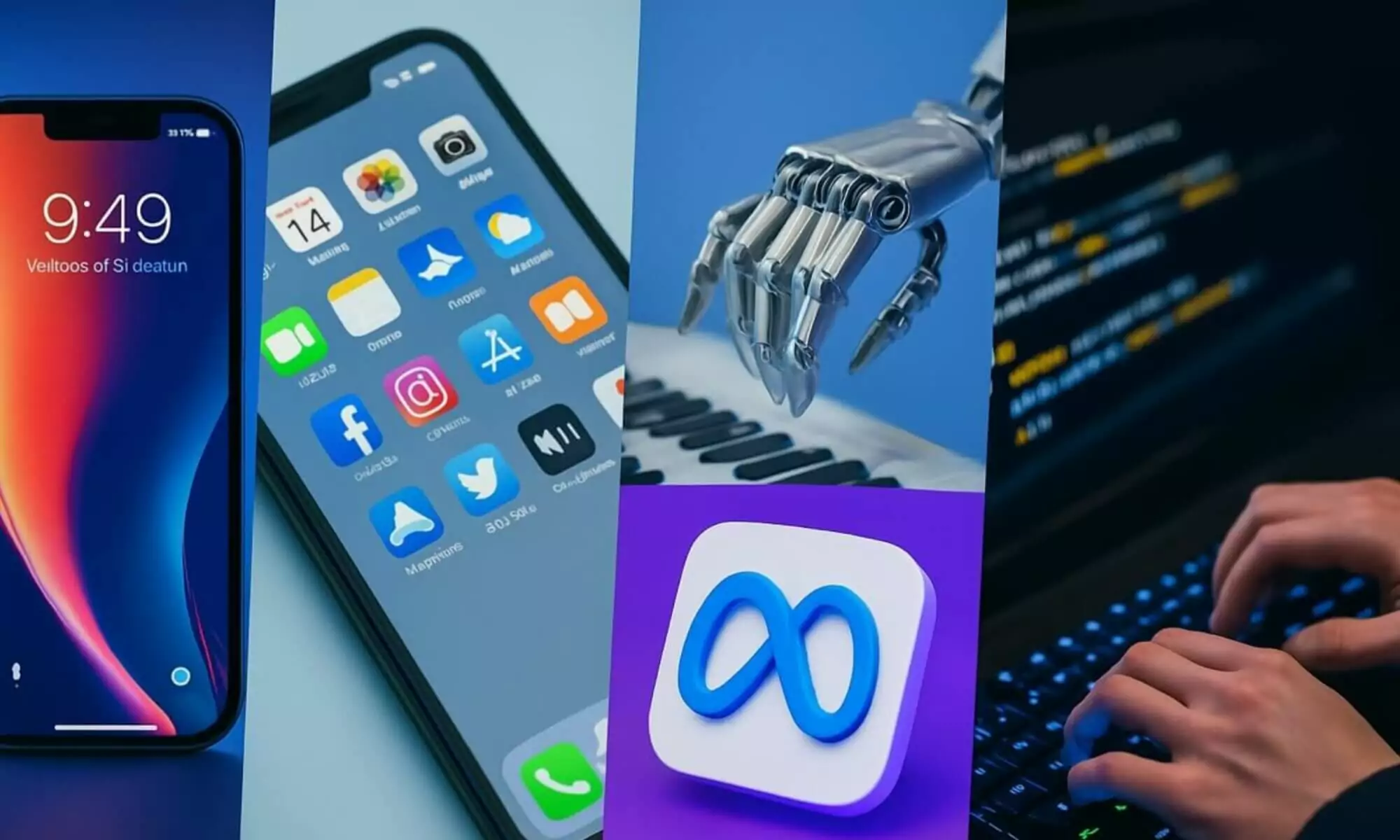
Application Mobile DualMedia
Introduction to Application Mobile DualMedia
The phrase Application Mobile DualMedia may sound highly technical, but at its core, it simply refers to mobile apps that combine multiple types of media into one smooth experience. Instead of relying on one format such as text-only or video-only, Application Mobile DualMedia bring together video, audio, interactive graphics, and written content. This blend provides users with a richer, more dynamic way of engaging with digital platforms.
Today’s mobile users demand more than just one-dimensional apps. Whether for entertainment, education, or productivity, people want features that adapt to their diverse needs. This is where Application Mobile DualMedia stands out. By merging different formats in one environment, it creates an app that feels both personal and efficient. Users don’t need to switch between multiple platforms to get what they want—it’s all there in a single app.
The idea of DualMedia is not just a futuristic concept; it’s a natural evolution of how we consume content. As technology grows, apps must provide smarter solutions, and DualMedia represents exactly that—a way of making apps more immersive, engaging, and user-friendly.
Why DualMedia is Becoming Essential

One of the biggest reasons Application Mobile DualMedia is gaining attention is because of app fatigue. Users often jump between several apps in one session: watching a video, messaging friends, checking news, and maybe browsing images. This constant switching is not only inefficient but also distracting. DualMedia solves this by placing all those features into a single ecosystem, reducing friction and increasing convenience.
Another factor driving its popularity is the demand for personalization. Today’s users expect apps to adapt to their habits, whether they prefer visual learning, audio-first content, or interactive features. DualMedia apps can personalize experiences more effectively by offering multiple modes of interaction. For example, one person can watch a video lecture while another listens to the audio summary of the same content, both in the same app.
Efficiency is also a core advantage. By eliminating the need for switching apps, Application Mobile DualMedia saves time and enhances focus. This is particularly valuable in professional and educational contexts, where productivity is a top priority. Users want seamless solutions, and DualMedia provides exactly that.
Core Features of Application Mobile DualMedia
The defining feature of a DualMedia app is its ability to integrate multiple media types without disruption. Instead of having to pause a video to read a text, or switching apps to access notes, users can do it all simultaneously. This kind of integration makes the experience more natural and immersive.
Another standout feature is real-time interactivity. Users can engage while consuming content—chatting during a livestream, voting in polls while watching an event, or sharing feedback without leaving the session. This makes the entire app feel alive and engaging rather than static.
Personalization also plays a big role. Many DualMedia apps use smart algorithms to understand what a user prefers. For example, if a user mostly engages with audio, the app can highlight audio-first features. If someone enjoys interactive visuals, the app prioritizes those. The result is a highly customized experience that keeps users coming back.
Real-World Uses of DualMedia Technology
In education, Application Mobile DualMedia is transforming e-learning. Students can now watch video lectures while reading subtitles, reviewing slides, and chatting with classmates in real-time. This creates a classroom-like environment even in a digital space, improving learning outcomes and making study sessions more engaging.
In healthcare, telemedicine apps powered by DualMedia allow doctors and patients to share information more effectively. A doctor can provide live video consultations, show test results on-screen, and give audio instructions, all in one platform. Patients benefit from a complete and clear medical experience without juggling different tools.
For business and remote work, DualMedia apps allow teams to collaborate more effectively. Instead of switching between a video call app, a chat app, and a document-sharing app, everything can be integrated into one system. This makes meetings more productive and less stressful.
Benefits of Using DualMedia Apps
One of the main benefits of Application Mobile DualMedia is increased engagement. Since users can interact with multiple types of content at once, they tend to stay longer inside the app. This is good for both users, who get more value, and developers, who gain higher retention rates.
Another major benefit is efficiency. By consolidating different tools into one app, users save time and avoid distractions. Whether you’re a student trying to learn, a business professional working remotely, or just someone enjoying entertainment, DualMedia makes the experience smoother.
Accessibility is also improved. People who prefer text can read, those who enjoy visuals can watch, and audio-first users can listen—all without needing separate platforms. This inclusivity makes DualMedia apps appealing to a much wider audience than traditional apps.
Challenges of Developing Application Mobile DualMedia
While Application Mobile DualMedia apps are promising, they also present unique challenges. The first is technical complexity. Building an app that supports multiple media layers simultaneously requires strong backend systems and advanced coding expertise. Any weak point can lead to crashes or lag, which ruins the experience.
Another issue is data consumption. Since DualMedia often involves streaming video, audio, and interactive content together, it can be heavy on bandwidth. Developers need to work on compression and optimization techniques to ensure that users with slower internet connections can still enjoy the app.
Finally, there’s the issue of design overload. Packing too many features into one interface can confuse users. Developers must find the right balance between offering multiple features and keeping the design simple and intuitive. Achieving this balance is key to success.
The Future of Application Mobile DualMedia
The future looks bright for DualMedia, especially with the expansion of 5G networks. Faster internet means smoother streaming and better support for multiple media formats, making these apps even more powerful.
Artificial Intelligence will also shape the future of DualMedia. Imagine an app that automatically switches modes depending on your situation: audio-only when you’re driving, video when you’re relaxing at home, and text summaries when you’re at work. This kind of adaptability will take personalization to the next level.
We can also expect integration with Augmented Reality (AR) and Virtual Reality (VR). These technologies are naturally aligned with DualMedia because they thrive on combining different media formats. The result will be digital experiences that feel more immersive than ever before.
Conclusion
Application Mobile DualMedia is not just another tech buzzword—it’s a revolutionary step in how we interact with mobile apps. By combining audio, video, text, and interactive tools into one seamless environment, it solves problems like app fatigue, inefficiency, and lack of personalization.
For users, the benefits include better engagement, greater accessibility, and smoother experiences. For developers and businesses, Application Mobile DualMedia opens up new possibilities for innovation and monetization. While there are challenges like technical complexity and data usage, the potential is too significant to ignore.
As technology advances, DualMedia apps are set to become the new standard in mobile development. Whether you’re a student, professional, or casual user, it’s only a matter of time before DualMedia becomes part of your everyday digital life.


